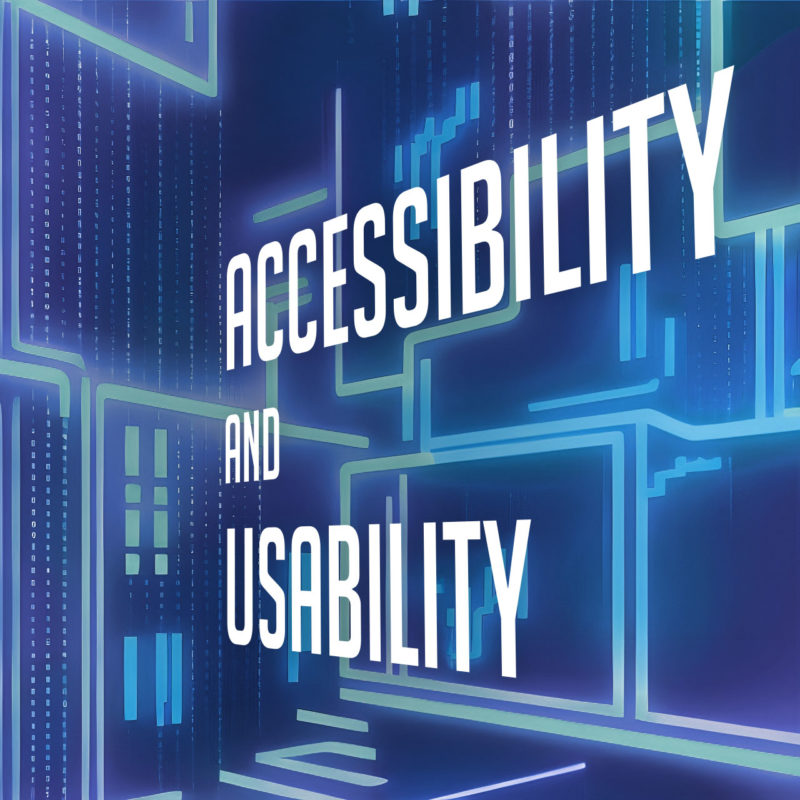
Web design accessibility is a crucial aspect of creating websites that can be accessed and enjoyed by everyone, including people with disabilities. Making your website accessible means that it can be used by those with visual, auditory, physical, and cognitive disabilities. Not only is it the right thing to do, but it also makes good business sense. An accessible website can increase your audience and improve the user experience for all visitors.
Accessibility is something not typically considered by novices trying to build a DIY website. This is why it’s important to hire an experienced web designer, or to do the research and learn how to implement these concepts.
There are several steps that can be taken to make a website accessible. One important step is to use descriptive alt text for all images, which helps screen readers and visually impaired users understand the content of your website.
When it comes to design, high-contrast color schemes are essential for making your website accessible to users with visual impairments. This means using colors that have a significant difference in brightness between light and dark areas, so that text and other important elements stand out clearly.
HTML5 is the foundation of web accessibility. By using semantic HTML tags, you can provide context and meaning to your content, making it easier for assistive technologies like screen readers to understand. This includes using headings to structure your content, and using labels and input types to make forms and interactive elements more accessible.
Another important consideration is the use of ARIA (Accessible Rich Internet Applications) attributes. These attributes can be used to provide additional context and information for screen readers, and can help make complex web interfaces more accessible.
In addition, it’s important to consider the usability of your website. This includes making sure that users can navigate your website easily using a keyboard, rather than just a mouse, and ensuring that your website is responsive and works well on different devices and screen sizes. This is especially important for users with physical disabilities that may make using a mouse difficult or impossible.
Lastly, it’s important to test your website for accessibility. There are a variety of tools and resources available that can help you identify areas of your website that may be difficult for users with disabilities. By taking the time to make your website accessible, you can ensure that everyone can enjoy your content and benefit from your website. Focusing on these improvements will also give you an added SEO benefit, as search engines can more easily understand the structure of your site.
Overall, web design accessibility requires a combination of thoughtful design and technical implementation. By focusing on these key factors, you can create a website that is accessible to everyone, regardless of their abilities or disabilities.
